Hyundai Accent: Engine Control System / ETC (Electronic Throttle control) System
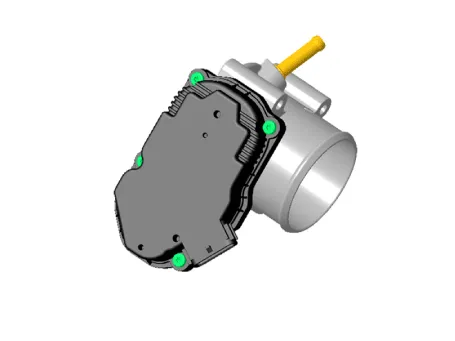
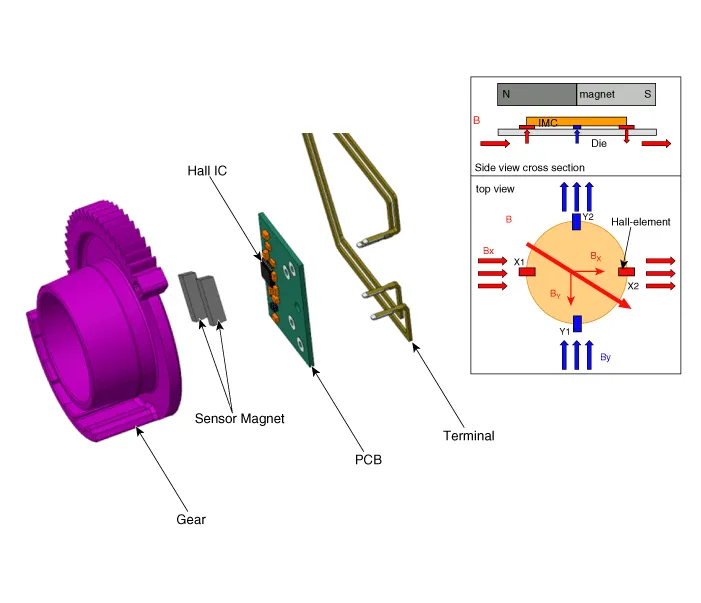
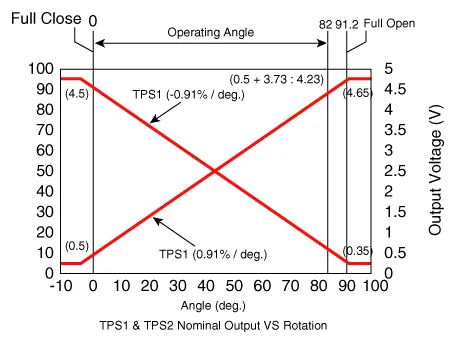
[ETC Motor]
| Item | Sensor Resistance |
| Coil Resistance (Ω) | 1.4 ~ 1.5 [25 ± 5°C (77 ± 41°F)] |
| Items | Fail-safe | |
| ETC Motor | Throttle valve stuck at 9.2° | |
| TPS | TPS 1 fault | Replace it with TPS 2 |
| TPS 2 fault | Replace it with TPS 1 | |
| TPS 1, 2 fault | Throttle valve stuck at 9.2° | |

• When throttle valve is stuck at 9.2°, engine speed is limited at 1,200 ~ 1,700 rpm.
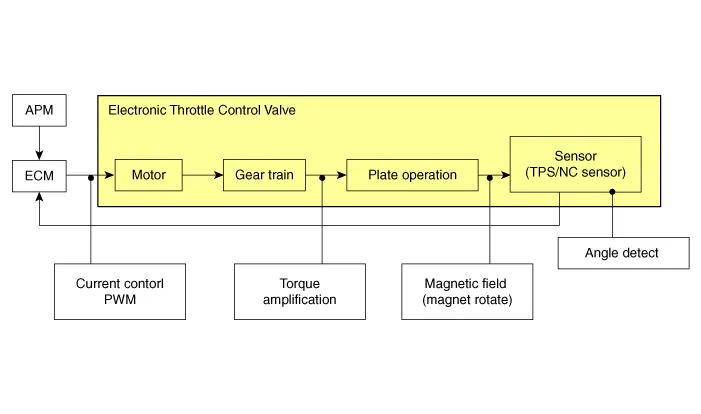
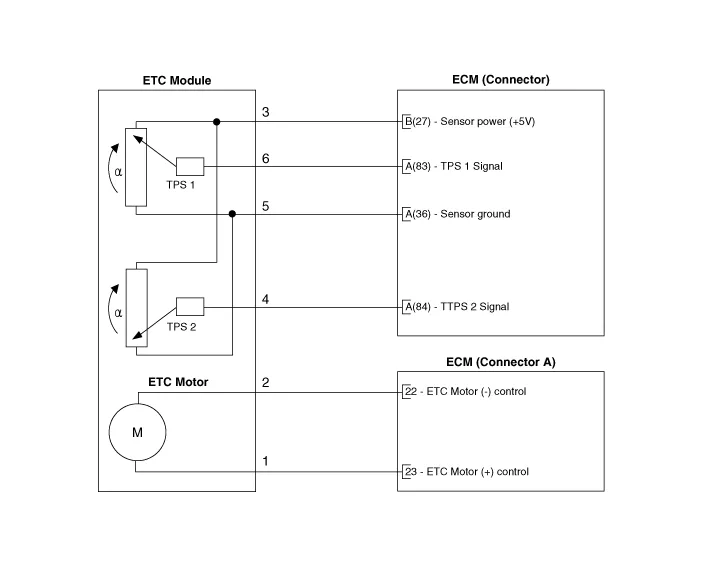
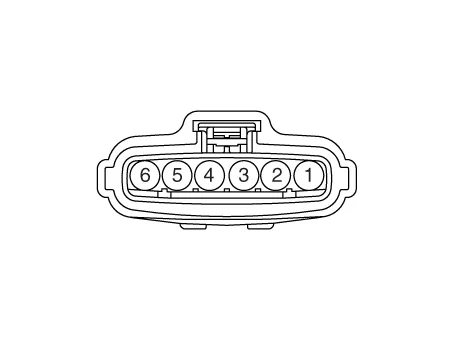
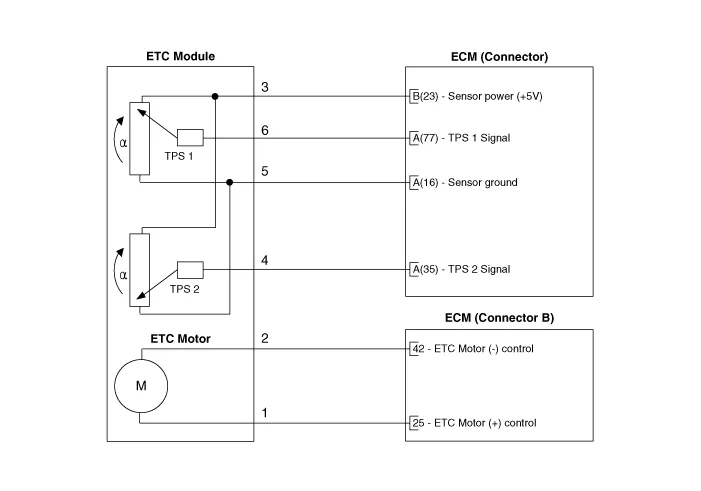
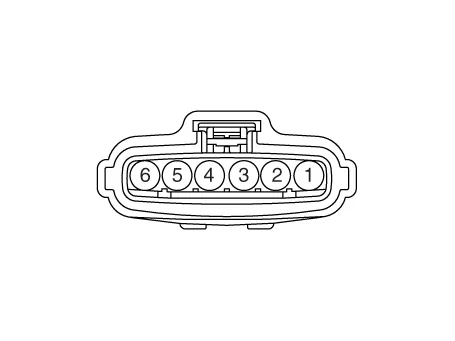
1.Connect a GDS on the Data Link Connector (DLC).
2.Start engine and check output voltages of TPS 1 and 2 at C.T and W.O.T.
Specification : Refer to Specification Section.
1.Turn the ignition switch OFF.
2.Disconnect the ETC module connector.
3.Measure resistance between the ETC module terminals 1 and 2.
4.Check that the resistance is within the specification.
Specification : Refer to Specification Section.
1.Turn the ignition switch OFF and disconnect the battery negative (-) cable.
2.Remove the resonator and the air intake hose.(Refer to Engine Mechanical System - "Air Cleaner")
3.Disconnect the ETC module connector (A).
4.Remove the installation bolts and then remove the ETC module (B) from the engine.
5.Disconnect the vapor hose (C).
Electronic throttle body Installation bolt :9.8 ~ 11.8 N.m (1.0 ~ 1.2 kgf.m, 7.2 ~ 8.7 lb-ft)
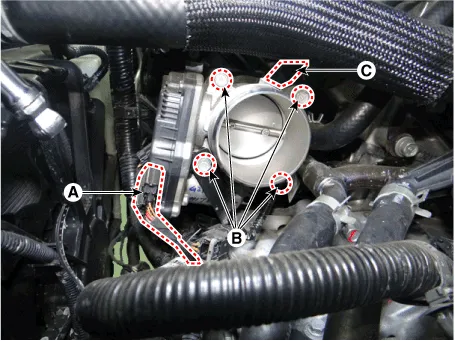
1.Remove the ETC Module.(Refer to Engine Control System - "ETC System")
2.Keep the ETC module plate (A) open.
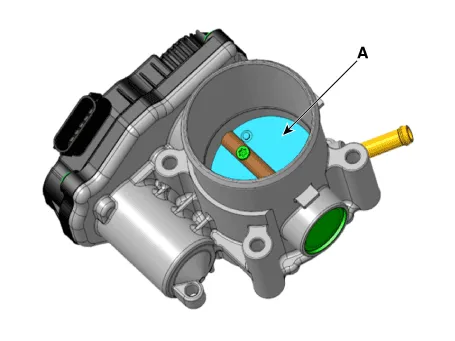
3.Clean the pollutant in the throttle body with a soft cloth moistened with cleaning fluid.
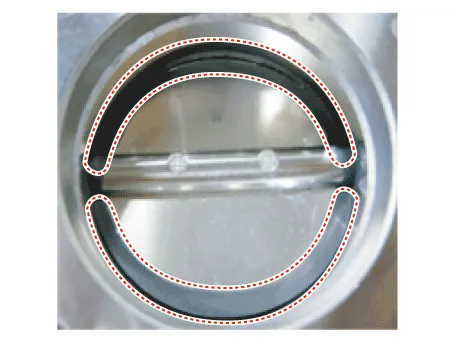

• Do not spray cleaning fluid directly onto ETC. Use a lint free cloth moistened with cleaning fluid.
• Be careful not to clean the coating fluid around the shaft. If coating fluid is removed, idling control failure might occur by foreign substance inflow or excessive air leakage.
4.After cleaning, re-install the ETC module and then perform the ETC module learning procedure.(Refer to Engine Control System - "ETC System" - Adjustment)

• Install the component to the specified torques.
• Note that internal damage may occur when the component is dropped. In this case, use it after inspecting.
1.Install in the reverse order of removal.
1.Wait for 1 minute with the ignition switch ON.
2.Start the engine and hold the idle status for 15 minutes.
3.Waif for 1 minute with the ignition switch OFF.
4.Restart the engine, and check that the idle speed is stable.

• If the ETC module learning procedure is not performed after replacing or reinstalling the ETC module, MIL illumination with DTCs may occur.
Other information:
Hyundai Accent (HC) (2017 - 2022) Service Manual: Description and Operation
- OBD-II Review 1. Overview The California Air Resources Board (CARB) began regulation of On Board Diagnostics (OBD) for vehicles sold in California beginning with the 1988 model year. The first phase, OBD-I, required monitoring of the fuel metering system, Exhaust Gas Recirculation (EGR) system and additional emission related components.Hyundai Accent (HC) (2017 - 2022) Service Manual: Components and Components Location
- Components Location 1. ECM (Engine Control Module)2. Mass Air Flow Sensor (MAFS)3. Manifold Absolute Pressure Sensor (MAPS)4. Intake Air Temperature Sensor (IATS)5. Engine Coolant Temperature Sensor (ECTS) #16. Engine Coolant Temperature Sensor (ECTS) #27. Throttle Position Sensor (TPS) [integrated into ETC Module]8. Crankshaft Position Sensor (CKPS)9.
Categories
- Manuals Home
- Hyundai Accent Owners Manual
- Hyundai Accent Service Manual
- New on site
- Most important about car


